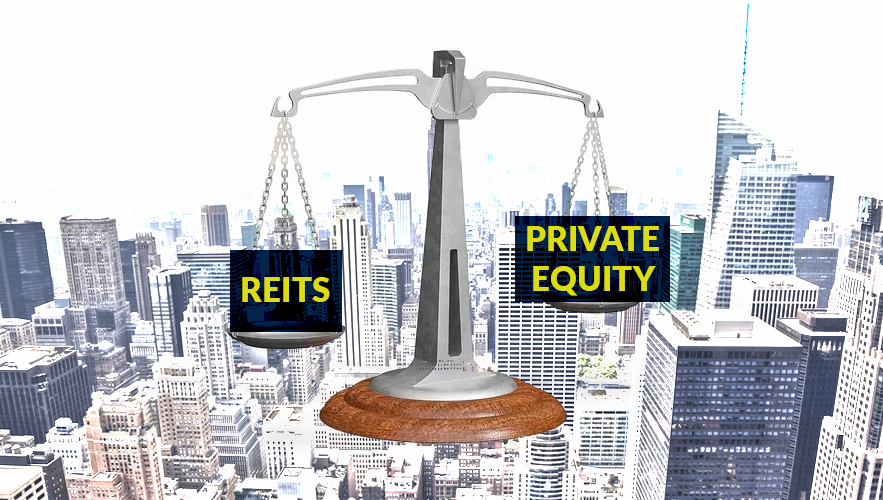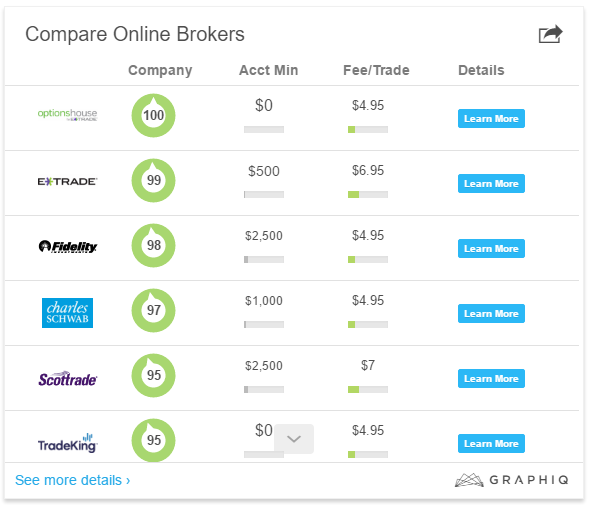
Steady revenue growth and consistent earnings growth are the key factors to choosing dividend stocks that will be the best. An inconsistent or erratic rate of earnings growth can indicate trouble. Competitive advantages of a company are important. They could include proprietary technology and low switching costs.
Enbridge
Enbridge is an excellent dividend stock. The Canadian pipeline giant offers a 6.3% annualized yield. This is higher than the 1.3% yield on the S&P 500. In addition, the company's dividend has increased for 27 consecutive years. Enbridge has also been able diversify away crude oil by building windfarms in France off the coast, and developing other projects that are renewable energy. These projects will generate enough electricity to power approximately one million homes.
Enbridge has paid dividends since 1992. The current TTM payout for shares is $2.66. This figure is 6.3% higher than the median. The dividend payout ratio for shares is 2.29 and the lowest is 1.06.

Helmerich & Payne
Helmerich & Payne, Inc. (HP), is a good option if your goal is to receive dividends on a regular basis. The company has a long history of paying dividends, and it continues to do so consistently. Here is the company's historical dividend history.
Helmerich & Payne, an oil and gas producer, is listed. Its analysts expect a dividend in 2019 of 2,85 US dollars per share. The dividend yield would be 6.99%, which is higher than that of the average oil & gaz producer. The company is projected to generate 174million USD in revenue in 2019, and make a profit for each share of 1,62 USD. Its PE Ratio is 25.16. This is higher than average in this industry.
T. Rowe Prices
T. Rowe price currently has a dividend yield of 37%. It has a long history of profitable growth. The company went public in 1986. It has survived several recessions including the 2001 dot-com boom and the 2008 financial crisis. During these recessions, T. Rowe Price's stock price suffered, but it bounced back with sustained growth in the following years.
The dividend payout ratio has remained constant over the past two decades. The dividend payout ratio for the company is expected to reach 45.4% by 2022. This would make it the largest dividend stock in S&P 500. Its low rate of dividend growth, which is in the double digits, will likely be maintained over the next several years. The company is classified as a Dividend Anthropt, which is reserved only for stocks that have been increasing their dividends continuously for more than 25 years.

Brookfield Infrastructure
Brookfield Infrastructure pays high dividends. Last year, it paid out about 104% of its earnings as a dividend. The company also increased its earnings by reinvesting more profit in growth. This has resulted is dividend growth over two years. However, investors need to be aware of the fact that the dividend is not sufficient to cover earnings.
Investors can use dividend history to assess the sustainability and reliability of a dividend payout. Brookfield Infrastructure Corp BIPC’s history of dividend payments can be used to determine the reliability and long term trends of its payments. Dividend yield and dividend growth are just a few metrics that you should consider when analyzing a company's dividend history. You can compare these figures with those of other companies in the same industry.
FAQ
Who can trade in stock markets?
Everyone. All people are not equal in this universe. Some have better skills and knowledge than others. They should be rewarded.
But other factors determine whether someone succeeds or fails in trading stocks. If you don’t know the basics of financial reporting, you will not be able to make decisions based on them.
This is why you should learn how to read reports. Each number must be understood. It is important to be able correctly interpret numbers.
Doing this will help you spot patterns and trends in the data. This will assist you in deciding when to buy or sell shares.
This could lead to you becoming wealthy if you're fortunate enough.
How does the stock exchange work?
A share of stock is a purchase of ownership rights. The company has some rights that a shareholder can exercise. He/she is able to vote on major policy and resolutions. He/she may demand damages compensation from the company. He/she may also sue for breach of contract.
A company cannot issue shares that are greater than its total assets minus its liabilities. It is known as capital adequacy.
Companies with high capital adequacy rates are considered safe. Companies with low ratios of capital adequacy are more risky.
What is an REIT?
A real-estate investment trust (REIT), a company that owns income-producing assets such as shopping centers, office buildings and hotels, industrial parks, and other buildings is called a REIT. These publicly traded companies pay dividends rather than paying corporate taxes.
They are similar to corporations, except that they don't own goods or property.
How Do People Lose Money in the Stock Market?
The stock market isn't a place where you can make money by selling high and buying low. You can lose money buying high and selling low.
The stock market is for those who are willing to take chances. They may buy stocks at lower prices than they actually are and sell them at higher levels.
They are hoping to benefit from the market's downs and ups. If they aren't careful, they might lose all of their money.
What's the difference between a broker or a financial advisor?
Brokers help individuals and businesses purchase and sell securities. They handle all paperwork.
Financial advisors have a wealth of knowledge in the area of personal finances. They can help clients plan for retirement, prepare to handle emergencies, and set financial goals.
Financial advisors may be employed by banks, insurance companies, or other institutions. They could also work for an independent fee-only professional.
You should take classes in marketing, finance, and accounting if you are interested in a career in financial services. It is also important to understand the various types of investments that are available.
What is a Stock Exchange?
A stock exchange allows companies to sell shares of the company. This allows investors to purchase shares in the company. The market sets the price for a share. It usually depends on the amount of money people are willing and able to pay for the company.
The stock exchange also helps companies raise money from investors. Investors give money to help companies grow. They do this by buying shares in the company. Companies use their money for expansion and funding of their projects.
Many types of shares can be listed on a stock exchange. Some shares are known as ordinary shares. These are the most popular type of shares. These shares can be bought and sold on the open market. The prices of shares are determined by demand and supply.
Other types of shares include preferred shares and debt securities. When dividends are paid, preferred shares have priority over all other shares. A company issue bonds called debt securities, which must be repaid.
Statistics
- The S&P 500 has grown about 10.5% per year since its establishment in the 1920s. (investopedia.com)
- Our focus on Main Street investors reflects the fact that American households own $38 trillion worth of equities, more than 59 percent of the U.S. equity market either directly or indirectly through mutual funds, retirement accounts, and other investments. (sec.gov)
- Even if you find talent for trading stocks, allocating more than 10% of your portfolio to an individual stock can expose your savings to too much volatility. (nerdwallet.com)
- Individuals with very limited financial experience are either terrified by horror stories of average investors losing 50% of their portfolio value or are beguiled by "hot tips" that bear the promise of huge rewards but seldom pay off. (investopedia.com)
External Links
How To
How to make a trading program
A trading plan helps you manage your money effectively. This allows you to see how much money you have and what your goals might be.
Before setting up a trading plan, you should consider what you want to achieve. You may want to make more money, earn more interest, or save money. You might want to invest your money in shares and bonds if it's saving you money. If you are earning interest, you might put some in a savings or buy a property. Maybe you'd rather spend less and go on holiday, or buy something nice.
Once you have an idea of your goals for your money, you can calculate how much money you will need to get there. This will depend on where you live and if you have any loans or debts. You also need to consider how much you earn every month (or week). Your income is the net amount of money you make after paying taxes.
Next, you will need to have enough money saved to pay for your expenses. These include bills, rent, food, travel costs, and anything else you need to pay. Your total monthly expenses will include all of these.
You will need to calculate how much money you have left at the end each month. This is your net disposable income.
Now you've got everything you need to work out how to use your money most efficiently.
Download one online to get started. Or ask someone who knows about investing to show you how to build one.
For example, here's a simple spreadsheet you can open in Microsoft Excel.
This graph shows your total income and expenditures so far. Notice that it includes your current bank balance and investment portfolio.
And here's another example. This was created by an accountant.
This calculator will show you how to determine the risk you are willing to take.
Don't try and predict the future. Instead, you should be focusing on how to use your money today.